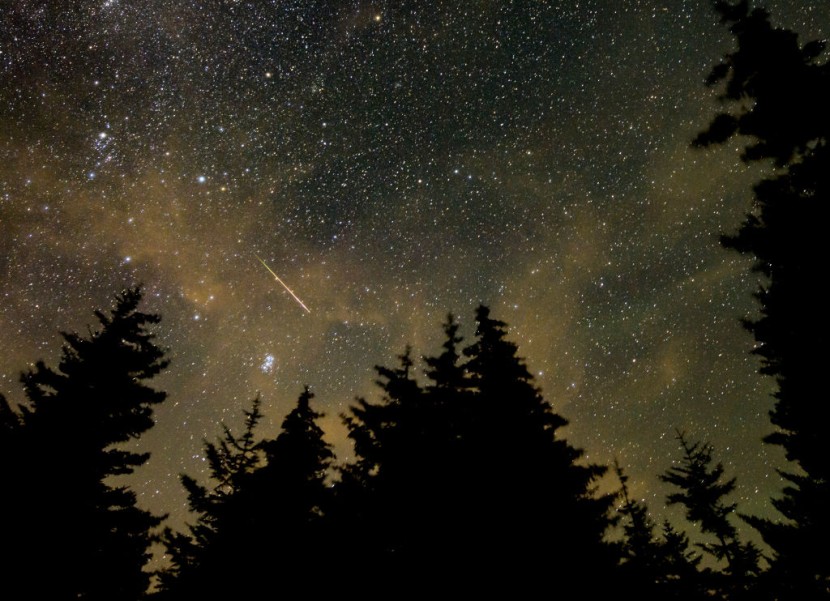
Stargazers are in for a special treat as we head into August: a highly visible triple meteor shower spectacular.
The Southern delta Aquariids, alpha Capricornids and Perseids meteor showers overlap this week, and, with a waning moon, many in both the Northern and Southern hemisphere will be able to view the celestial show.
Here's what to know about the meteor showers and how to watch them:
How do I watch and what is the visibility like?
The Southern delta Aquariids: Unfortunately for those in the Northern Hemisphere, the Southern delta Acquariids are best visible in the Southern Hemisphere and get harder to see the farther north you go, with the meteorites appearing closer to the horizon rather than in the middle of the sky, according to The American Meteor Society. This shower peaks July 29 to July 30, 2024.
The alpha Capricornids: This meteor shower is equally visible in both hemispheres and is expected to hit its maximum number of showers on July 31st. The American Meteor Society notes that this shower is known for "bright fireballs" and is active from July 7 to August 15, 2024.
The Perseids: One of the most popular meteor showers for viewing every year, the Perseids last from July 14 to September 1, 2024. At its peak, expected August 12 or 13, stargazers can see as many as 75 metorites an hour from the Perseids comet.
Experts recommend getting away from light pollution and allowing your eyes to adjust to the dark to best view the meteor showers. All of these showers are best viewed after midnight, according to The American Meteor Society.
Where do these meteor showers come from?
Meteor showers are caused when the Earth passes through the trail of debris left by comets orbiting the Sun. These bits of rock and dust, known as meteoroids, break off of comets, enter the Earth's atmosphere and burn up, creating the shooting stars we call meteors.
These meteor showers specifically originate near the constellations for which they're named. The Aquariids shower for example is best viewed by looking toward the Aquarius constellation. Meanwhile, the Capricornids are associated with the Capricorn constellation and the Perseids are associated with Perseus, "The Hero" constellation.
If I miss this shower, will there be more this year?
Yes! From September to December you can spot two other meteor showers, the Orionids and the Southern Taurids.
The Orionids will peak October 20-21 2024, while the Southern Taurids peak November 4-5. The Orionids will be harder to see due to a nearly full moon at the time. But The Taurids are known for spectacular fireballs.
Keep your eyes peeled and happy stargazing.
© 2025 HNGN, All rights reserved. Do not reproduce without permission.








